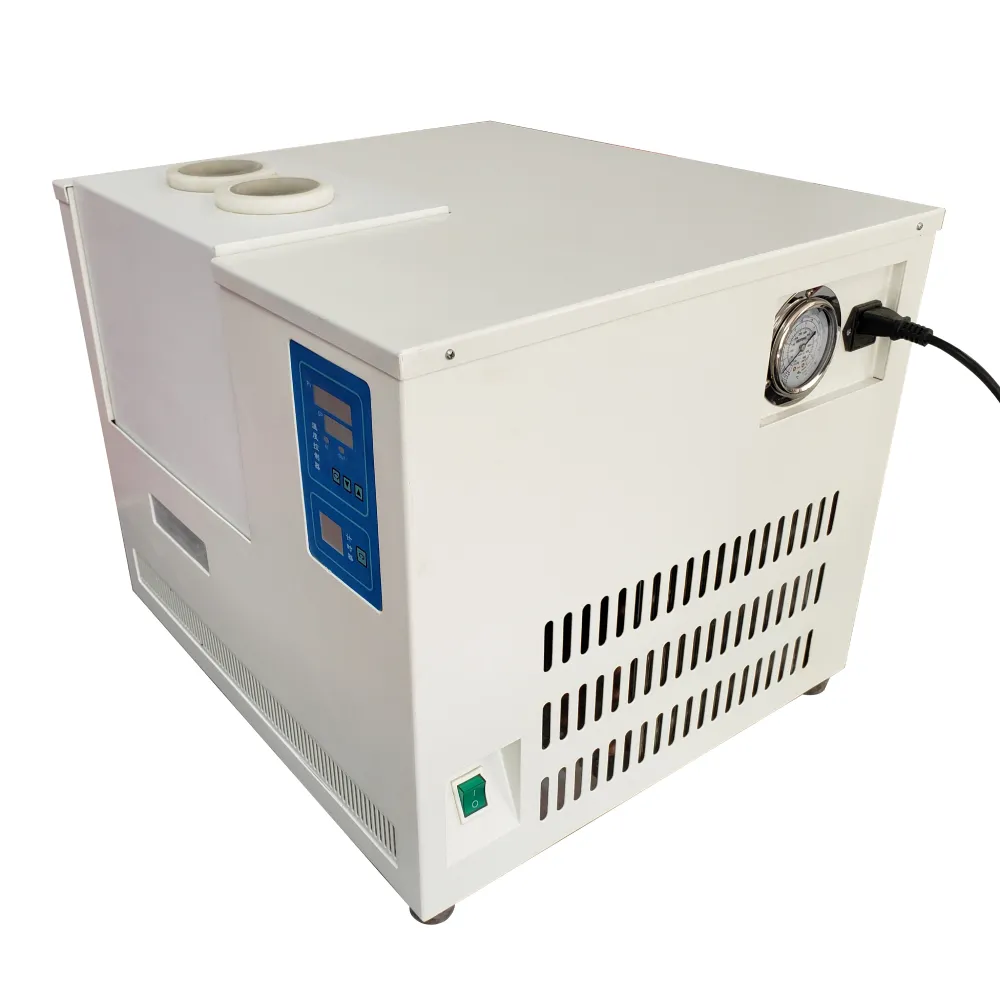 English
English


Polarity Testing Methods for Three-Phase Transformer Systems and Their Importance
Polarity Test of Three-Phase Transformers
The polarity test of three-phase transformers is an essential procedure in electrical engineering, particularly for ensuring the correct operation and configuration of transformer installations. This test serves multiple purposes, including verifying the relative polarity of the windings, ensuring proper phasing in a multi-phase system, and facilitating fault detection during commissioning and operation. Understanding the significance and methodology of this test can help prevent issues related to phase misalignment, impedance mismatches, and operational failures.
Importance of Polarity Testing
In a three-phase transformer, each winding connects to a specific phase in the power system. The relative polarity of these windings dictates how the transformers will behave in operation, particularly when multiple transformers are connected in parallel. Incorrect polarity can lead to dangerous situations such as circulating currents, increased losses, and potential damage to equipment. Additionally, inappropriate phase alignment can cause instability in the electrical grid, affecting both power quality and reliability.
Polarity tests also aid in determining the correct vector group of transformers. The vector group indicates the phase difference between the primary and secondary windings, which is crucial for ensuring compatibility among interconnecting transformers. Knowing the vector group plays a significant role in designing protection schemes and load management strategies.
Methodology of the Polarity Test
The polarity test of a three-phase transformer usually involves the following steps
1. Preparation Before conducting the test, it is essential to ensure that all safety precautions are in place. Verify that the transformer is isolated from the power supply and that necessary protective equipment is employed.
polarity test of three phase transformer

2. Connection Setup The transformer windings need to be connected to a voltage source. For this test, usually a low-voltage AC source is used. The primary side of the transformer should be connected to this source while ensuring that the secondary ends are left open-circuited to avoid short-circuit conditions during testing.
3. Applying Voltage Voltage is applied to one of the primary windings, typically Phase A. By applying a known voltage, the test operator can observe the output from the secondary windings.
4. Measurement The voltage at the secondary side is measured using a voltmeter, ideally from all three phases. The readings provide insight into the relative polarity of the transformer windings.
5. Analyzing the Results The measurement results indicate whether the windings are connected in the same direction (one polarity) or opposite directions (opposite polarity). For a correctly connected transformer, the voltage induced in the secondary should correspond to the expected polarity based on the primary applied voltage.
6. Documentation and Interpretation After obtaining the test results, it is crucial to document them carefully for future reference. Any discrepancies observed must be investigated promptly to identify misconfigurations or defects within the transformer.
Conclusion
The polarity test of three-phase transformers is an integral part of transformer maintenance and commissioning in electrical systems. By verifying the polarity and ensuring proper phase alignment, engineers can mitigate risks associated with transformer operations and enhance the overall reliability of power distribution networks. This test, while seemingly straightforward, is a critical element in safeguarding electrical equipment and ensuring the smooth functioning of industrial and utility operations. As the demand for reliable electricity continues to grow, the significance of such tests will only increase, further emphasizing the need for diligence and expertise in transformer management.
-
Differences between open cup flash point tester and closed cup flash point testerNewsOct.31,2024
-
The Reliable Load Tap ChangerNewsOct.23,2024
-
The Essential Guide to Hipot TestersNewsOct.23,2024
-
The Digital Insulation TesterNewsOct.23,2024
-
The Best Earth Loop Impedance Tester for SaleNewsOct.23,2024
-
Tan Delta Tester--The Essential Tool for Electrical Insulation TestingNewsOct.23,2024





